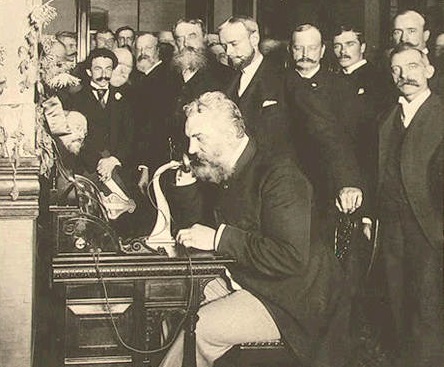Incentivizing Older Consumers to Adopt New Technologies
To gain access to all Ideas for Leaders content please Log In Here or if you are not already registered then Register Here.

Companies traditionally ignore older consumers when marketing new technologies and innovations. While the non-monetary adoption costs to older consumers are high as previous research suggests, a new mathematical model — that looks at consumers over their entire lifecycle — reveals that monetary costs to older consumers actually decrease with age.
To read the full text on this Idea you will need to log-in or register with the Ideas for Leaders site. Please click here to log-in and here to register for the first time.
If you are a member of one of our Sustainable Leadership Communities you can log-in using your SLC log-in details, with your email prefixed by the community group you are in. eg: uk.jane.fraser@abcgroup.com

Ideas for Leaders is a free-to-access site. If you enjoy our content and find it valuable, please consider subscribing to our Developing Leaders Quarterly publication, this presents academic, business and consultant perspectives on leadership issues either as a digital subscription, or better still in a beautifully produced, small volume delivered to your desk four times a year.

For the less than the price of a coffee a week you can read over 650 summaries of research that cost universities over $1 billion to produce.
Use our Ideas to:
Speak to us on how else you can leverage this content to benefit your organization. info@ideasforleaders.com